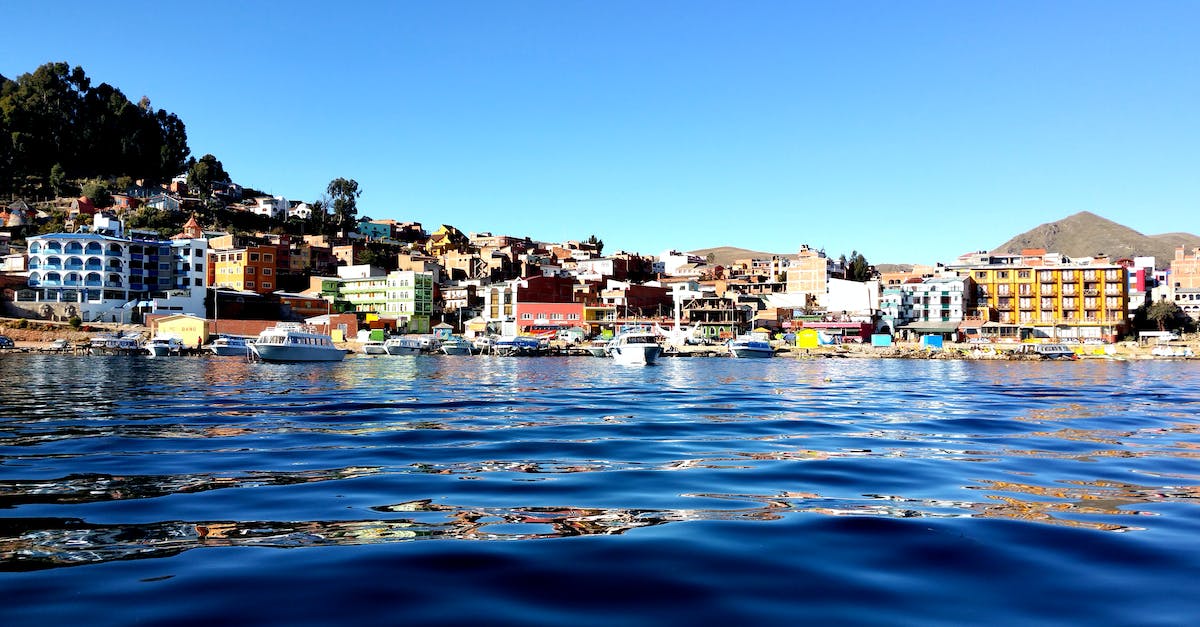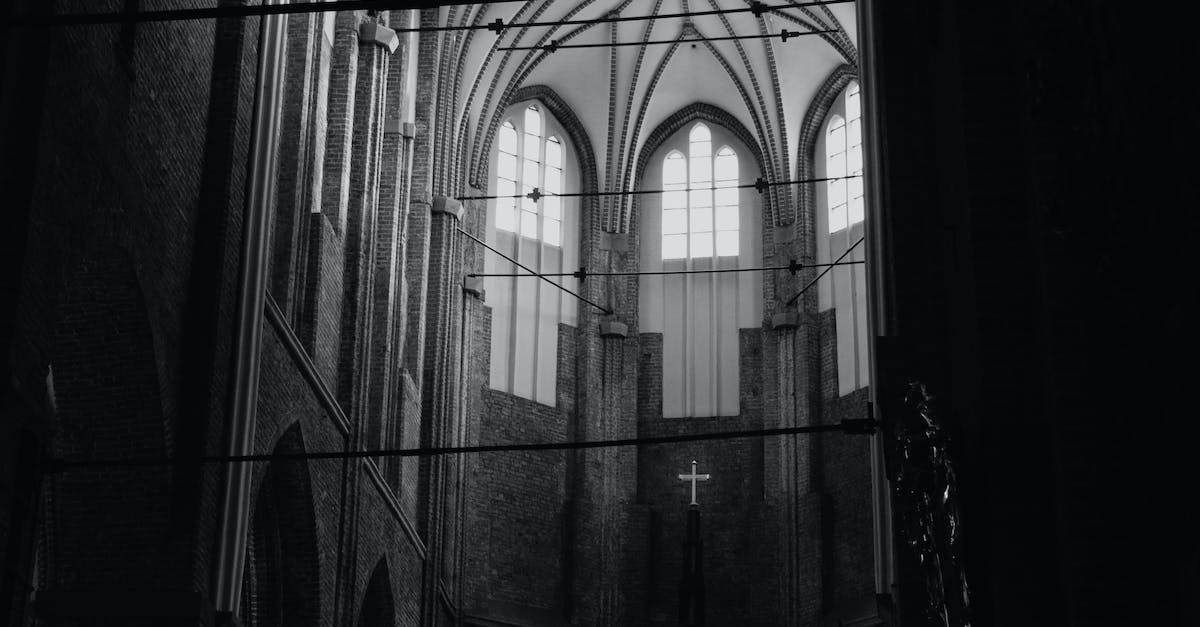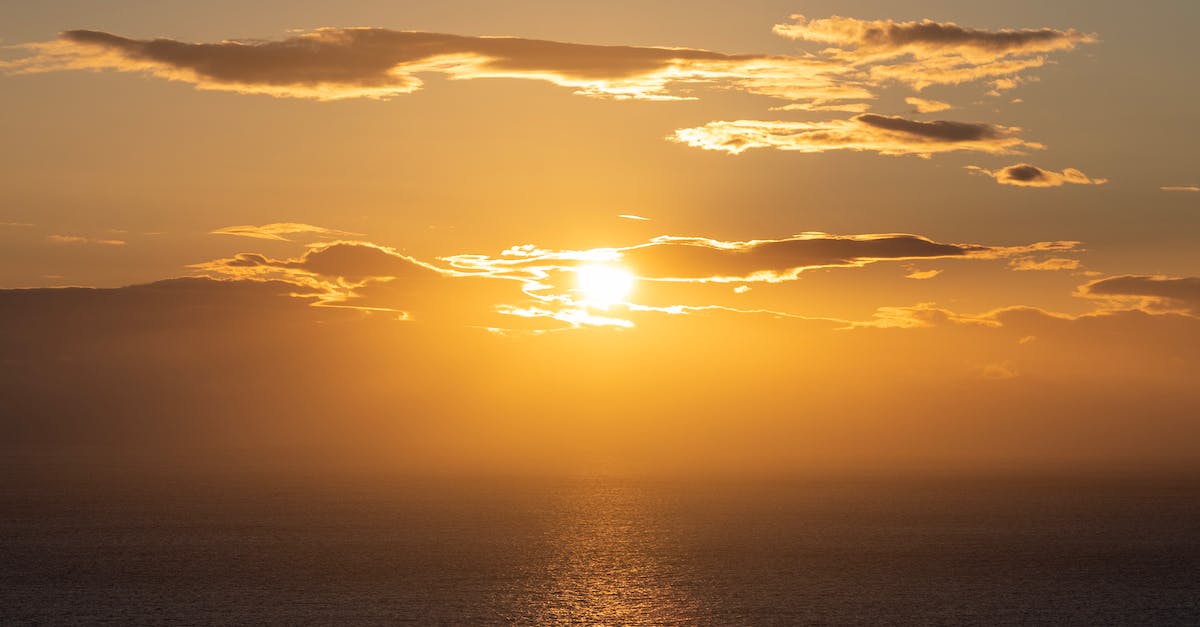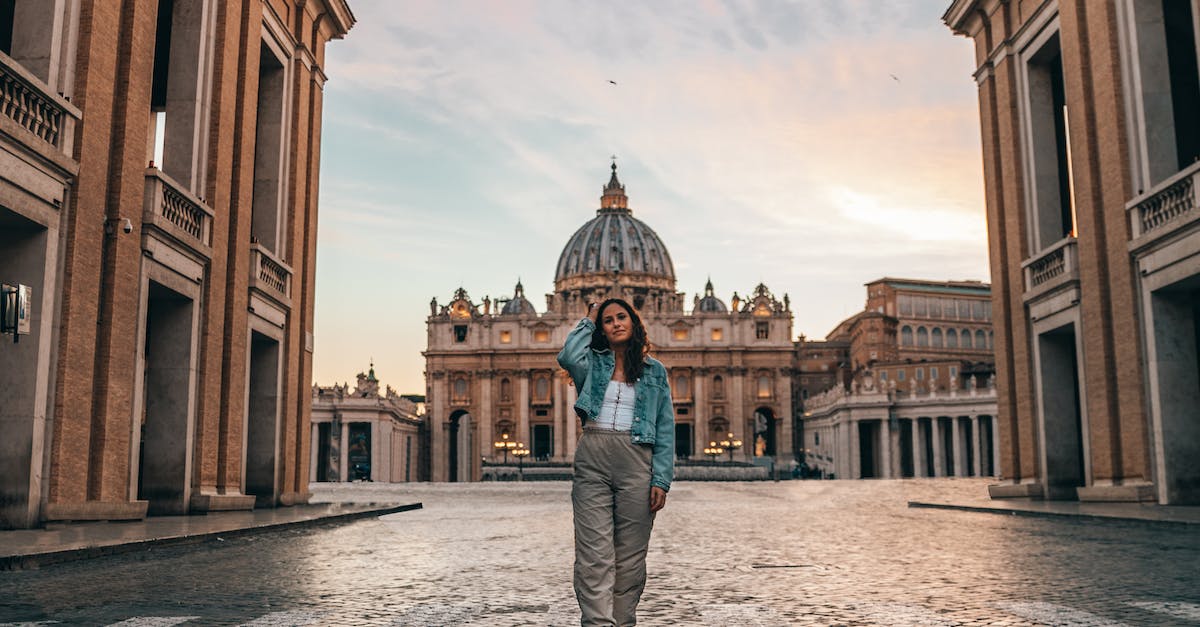
 Copacabana Cathedral is a beautiful Spanish colonial church located in Copacabana, Bolivia. The cathedral is known for its intricate architecture and stunning views of Lake Titicaca. It is a popular tourist attraction and a significant religious site for locals and visitors alike. Coordinates: -15.573049, -69.420036
Copacabana Cathedral is a beautiful Spanish colonial church located in Copacabana, Bolivia. The cathedral is known for its intricate architecture and stunning views of Lake Titicaca. It is a popular tourist attraction and a significant religious site for locals and visitors alike. Coordinates: -15.573049, -69.420036
 Isla del Sol, also known as the Island of the Sun, is a picturesque island on Lake Titicaca. It is believed to be the birthplace of the Inca civilization and is steeped in history and mythology. Visitors can explore ancient ruins, hike scenic trails, and enjoy breathtaking views of the lake and surrounding mountains. Coordinates: -15.716667, -69.116667
Isla del Sol, also known as the Island of the Sun, is a picturesque island on Lake Titicaca. It is believed to be the birthplace of the Inca civilization and is steeped in history and mythology. Visitors can explore ancient ruins, hike scenic trails, and enjoy breathtaking views of the lake and surrounding mountains. Coordinates: -15.716667, -69.116667
 The Basilica of Our Lady of Copacabana is a famous pilgrimage site in Copacabana, Bolivia. The basilica houses the revered statue of the Virgen de Copacabana, which is believed to have miraculous powers. Visitors can witness religious ceremonies, explore the basilica's ornate interior, and enjoy panoramic views of Lake Titicaca. Coordinates: -15.575715, -69.420573
The Basilica of Our Lady of Copacabana is a famous pilgrimage site in Copacabana, Bolivia. The basilica houses the revered statue of the Virgen de Copacabana, which is believed to have miraculous powers. Visitors can witness religious ceremonies, explore the basilica's ornate interior, and enjoy panoramic views of Lake Titicaca. Coordinates: -15.575715, -69.420573
Lake Titicaca-Bolivia-Copacabana has a rich history dating back to ancient civilizations. The area around the lake has been inhabited by various indigenous cultures for thousands of years. Lake Titicaca holds great significance in Inca mythology and was considered a sacred site. The region witnessed the rise and fall of several pre-Columbian civilizations, including the Tiwanaku and the Inca Empire. During the Spanish colonization, Copacabana became an important religious center, attracting pilgrims from all over. Today, the area is a popular tourist destination known for its cultural heritage and natural beauty.
Lake Titicaca-Bolivia-Copacabana offers a diverse culinary experience. One of the highlights is the local trout dishes, which are freshly caught from the lake and prepared in various ways, including grilled, fried, or in soups. The region is also known for its traditional Andean cuisine, featuring ingredients like quinoa, potatoes, corn, and llama meat. Visitors can savor local specialties such as chuño, a freeze-dried potato, and api, a hot corn-based beverage. Copacabana is also famous for its street food, where vendors sell delicious snacks like salteñas (meat-filled pastries) and anticuchos (grilled skewers). The fusion of indigenous and Spanish influences creates a unique food culture in the Lake Titicaca-Bolivia-Copacabana region.